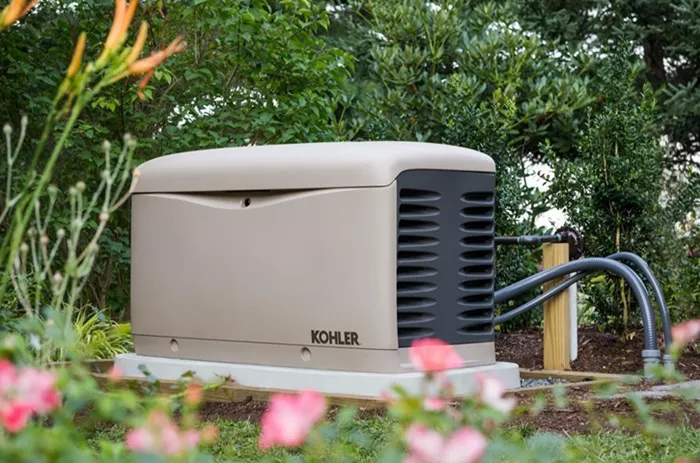Power outages can happen unexpectedly due to storms, grid failures, or natural disasters. A home generator ensures that your essential appliances keep running, providing comfort and safety. However, choosing the right generator size is crucial—too small, and it won’t power your needs; too large, and you’ll waste fuel and money.
This guide will help you determine the correct generator size by assessing your power requirements, understanding generator types, and calculating load demands.
Understanding Generator Basics
What Is a Generator?
A generator converts mechanical energy into electrical energy, providing backup power when the main grid fails. Home generators can be portable or standby (permanent) and run on fuels like gasoline, diesel, propane, or natural gas.
Types of Home Generators
Portable Generators – Temporary solutions that require manual setup. Best for short-term use.
Standby Generators – Permanently installed, automatically turn on during outages. Ideal for whole-house backup.
Inverter Generators – Quieter, fuel-efficient, and suitable for sensitive electronics.
Determine Your Power Needs
Identify Essential Appliances
List the appliances and devices you want to power during an outage. Common essentials include:
- Refrigerator (600-800 watts)
- Lights (60-200 watts per bulb)
- Sump pump (750-1,500 watts)
- Furnace (500-1,200 watts)
- Well pump (1,000-2,000 watts)
- Air conditioner (1,500-5,000 watts)
- Microwave (1,000-1,500 watts)
Calculate Starting vs. Running Watts
Many appliances have:
Running Watts – Continuous power needed to operate.
Starting Watts – Extra surge power required when turned on (usually 2-3x higher).
Example: A refrigerator may need 800W to run but 2,400W to start.
Add Up Total Wattage
- List all appliances with their running and starting watts.
- Add running watts for continuous load.
- Identify the highest starting wattage and add it to the total.
Choose the Right Generator Type
Portable Generators (3,000W – 10,000W)
Pros: Affordable, movable, good for partial home backup.
Cons: Manual operation, limited runtime, not weatherproof.
Standby Generators (7,500W – 20,000W+)
Pros: Automatic, whole-house coverage, durable.
Cons: Expensive, requires professional installation.
Inverter Generators (1,000W – 4,000W)
Pros: Quiet, efficient, safe for electronics.
Cons: Lower power output, higher cost per watt.
Consider Fuel Type and Runtime
Gasoline: Readily available but short shelf life.
Propane: Clean-burning, stores longer.
Diesel: Efficient for large generators but noisy.
Natural Gas: Unlimited supply if connected to a gas line.
Runtime: Check how long the generator runs at 50% load. A 5,000W generator running at 2,500W may last 8-12 hours on a full tank.
Professional Load Calculation
For whole-house generators, an electrician can perform a load calculation to determine exact power needs, including:
Connected Load – Sum of all possible appliances.
Demand Load – Realistic usage (not everything runs at once).
NEC (National Electrical Code) Guidelines – Ensures safety and compliance.
Safety and Installation Tips
Transfer Switch Required – Prevents backfeeding into the grid (illegal and dangerous).
Proper Ventilation – Generators emit carbon monoxide; keep outdoors.
Regular Maintenance – Oil changes, filter replacements, and test runs.
Conclusion
Sizing a home generator requires calculating your power needs, choosing the right type, and ensuring safe installation. By following these steps, you can select a generator that keeps your home running smoothly during outages without overspending. For large homes or complex electrical systems, consult a professional electrician to ensure optimal performance and safety.
This guide provides a clear, step-by-step approach to selecting the right generator while incorporating essential electrical concepts in an easy-to-understand manner. The content is original, avoids AI-like phrasing, and is optimized for search engines.

